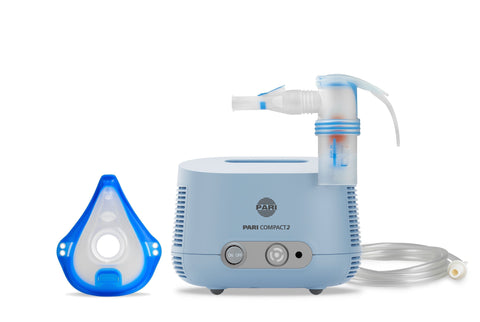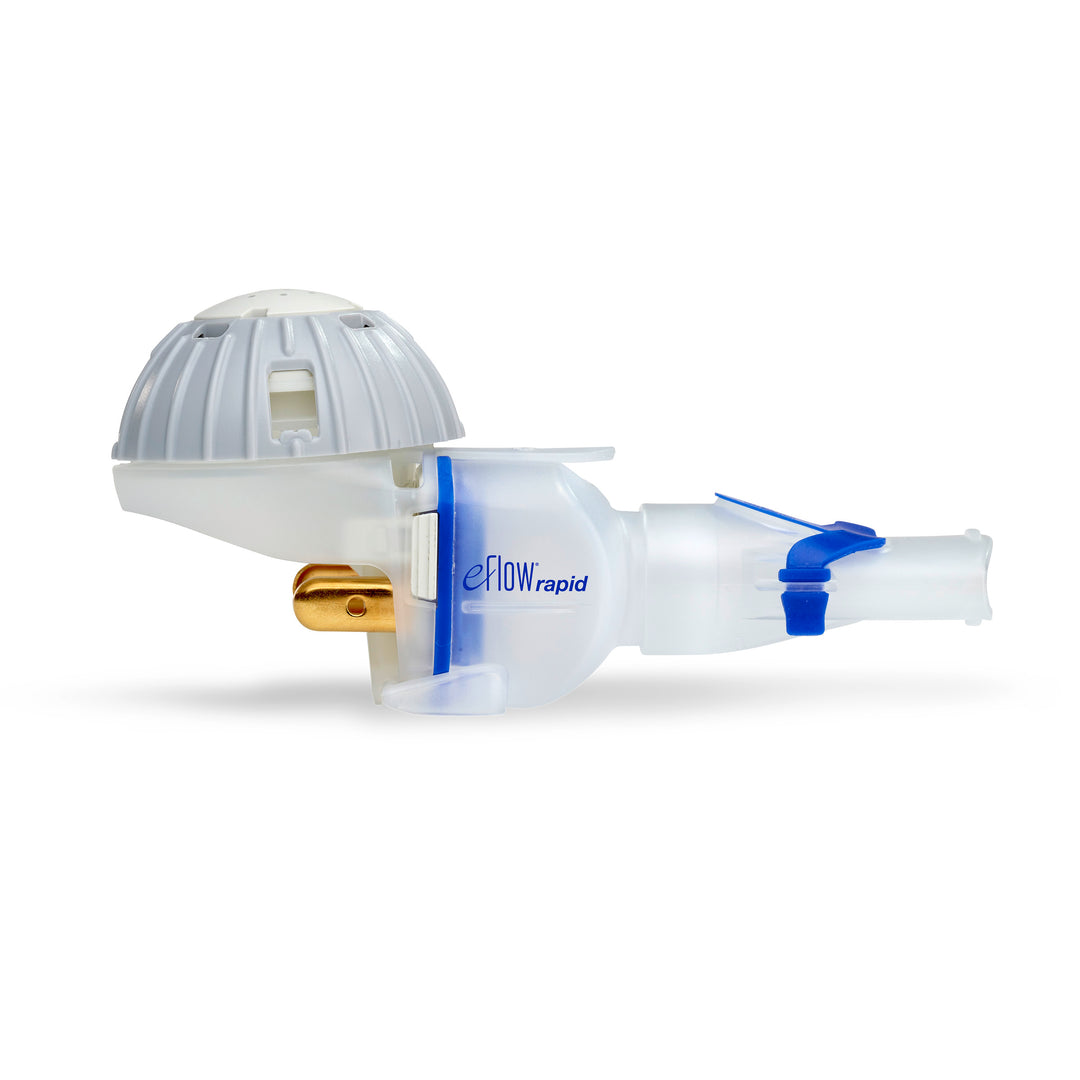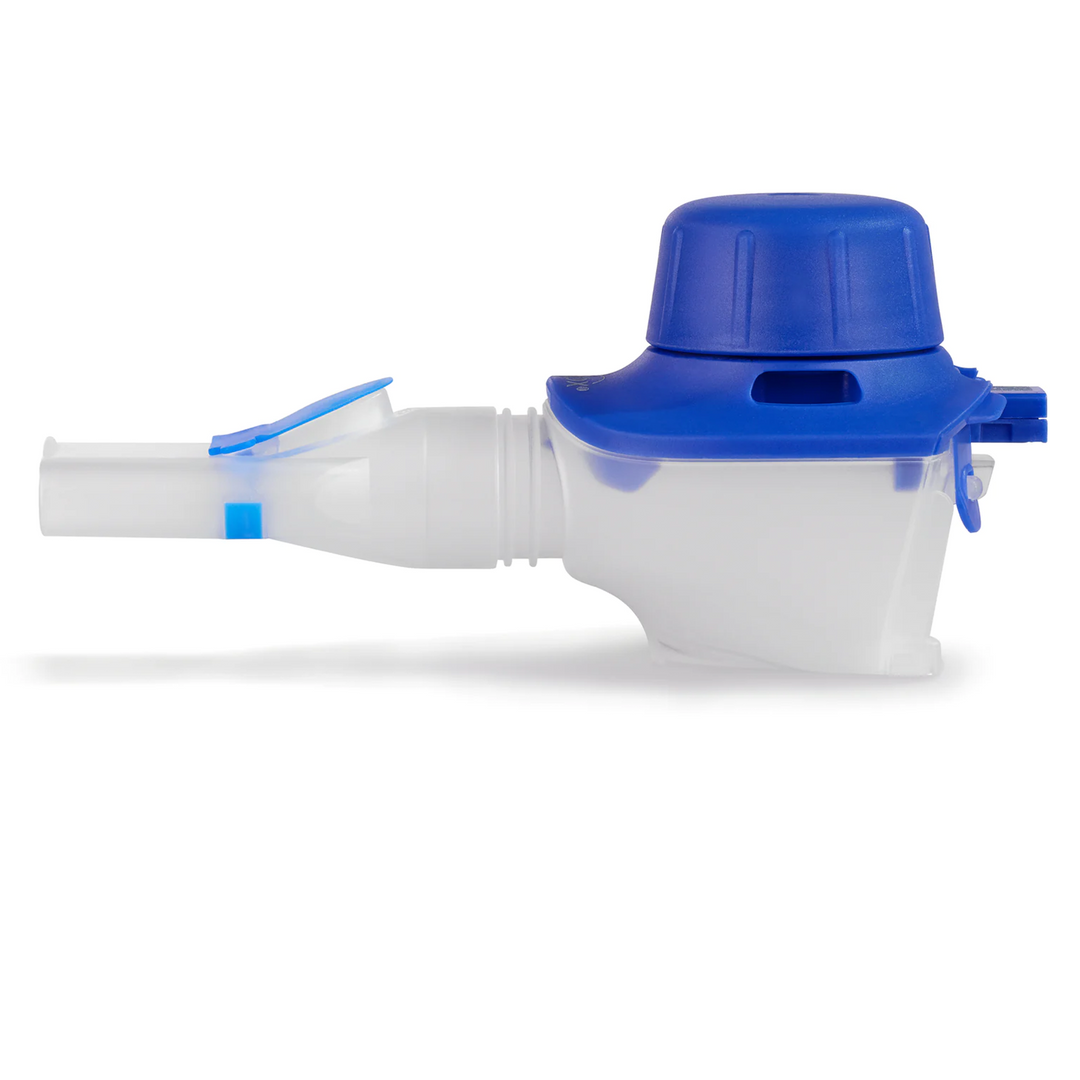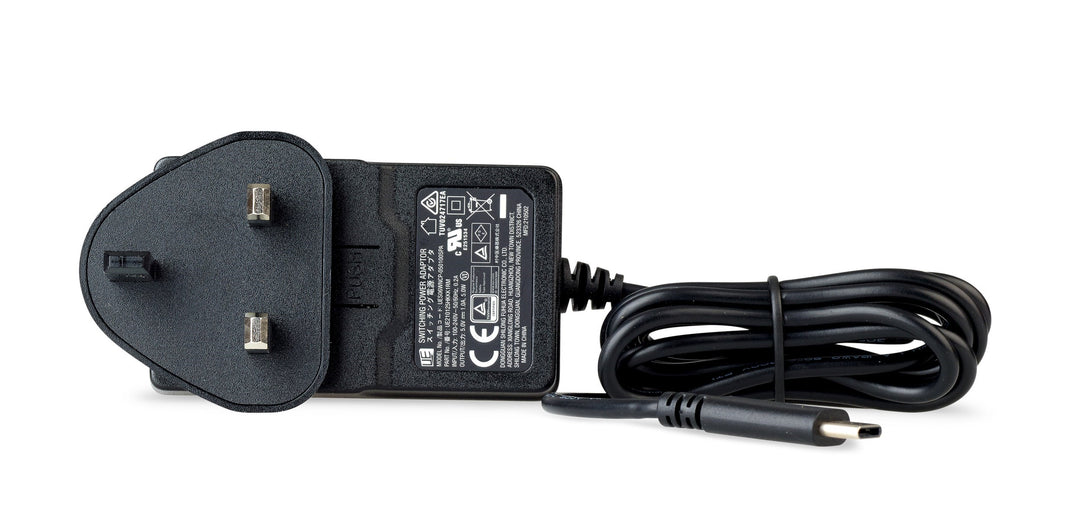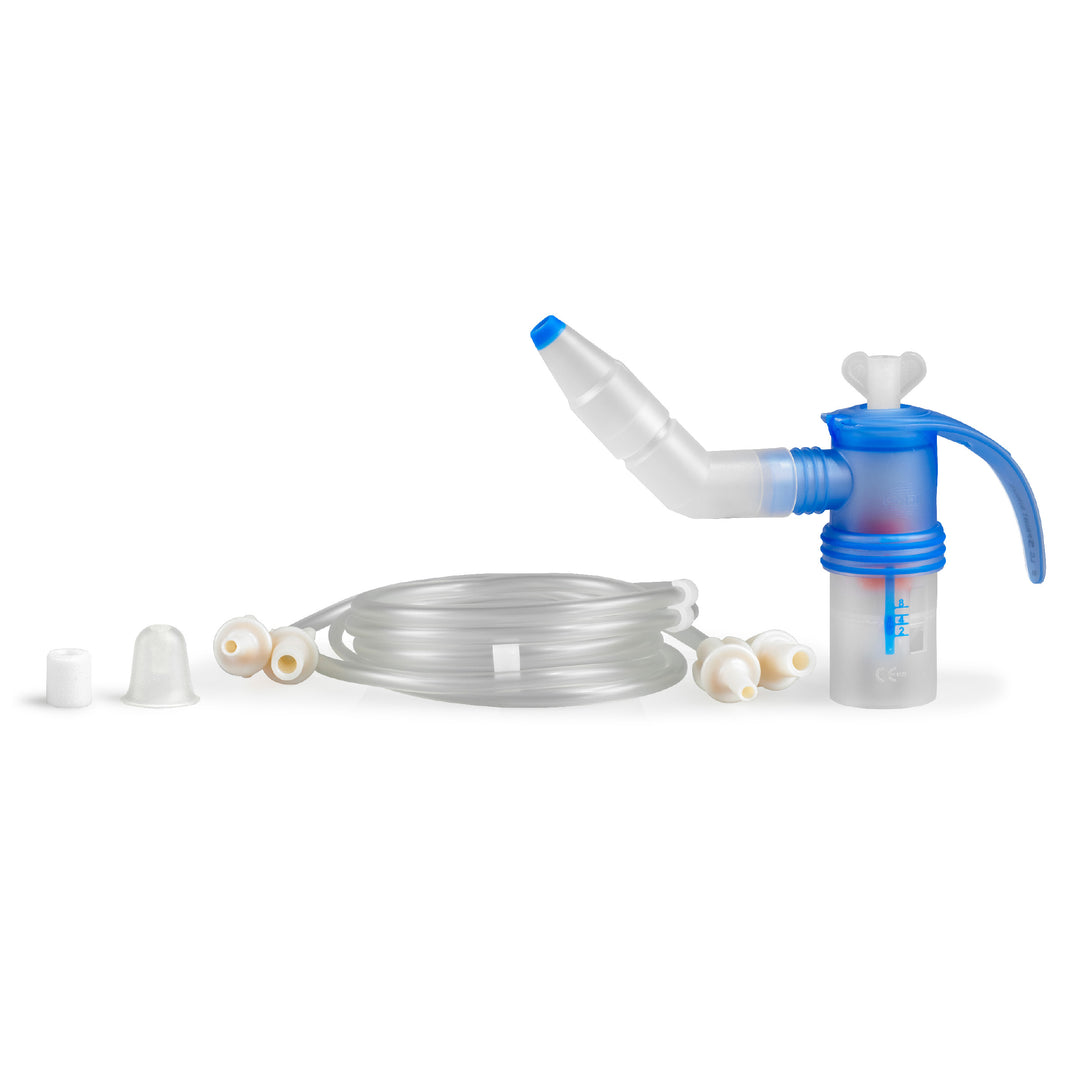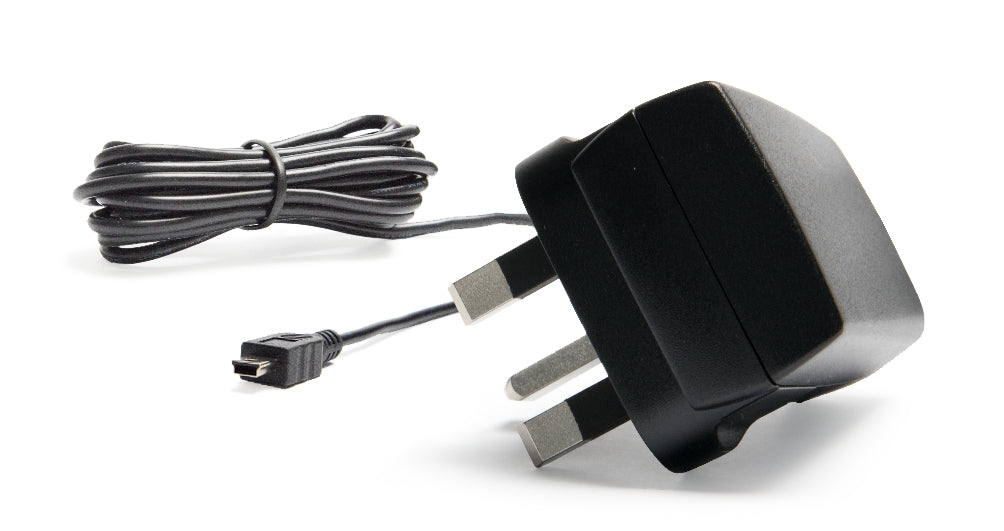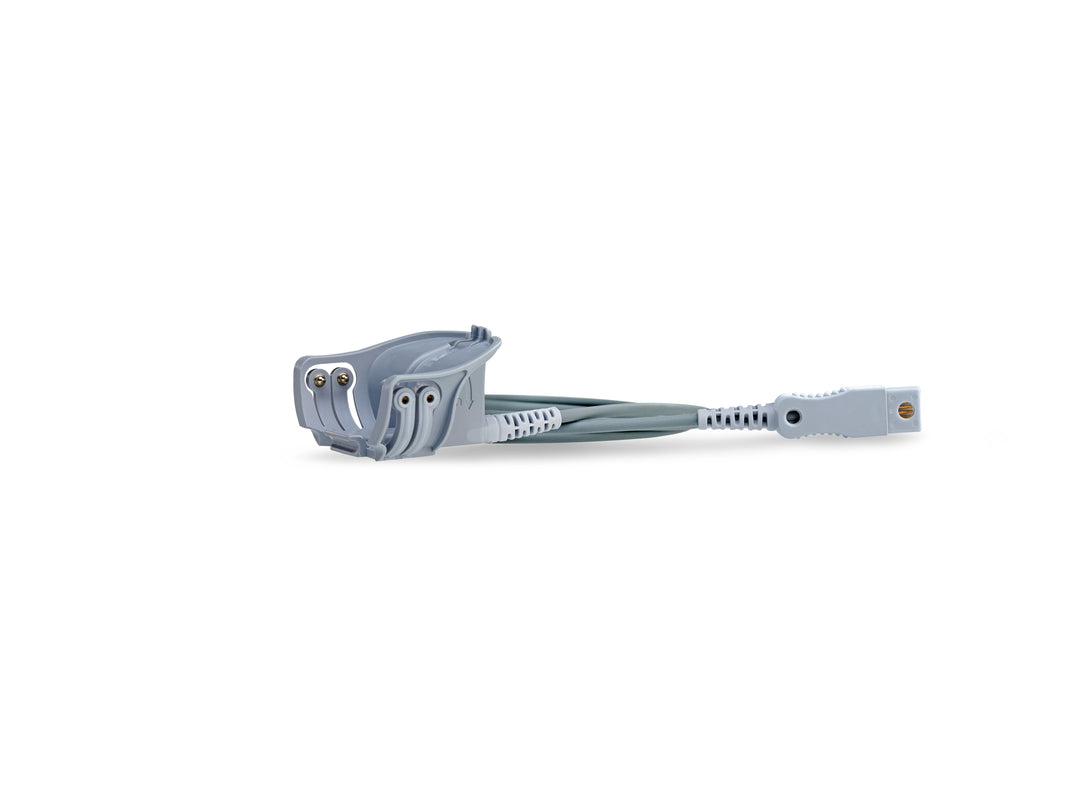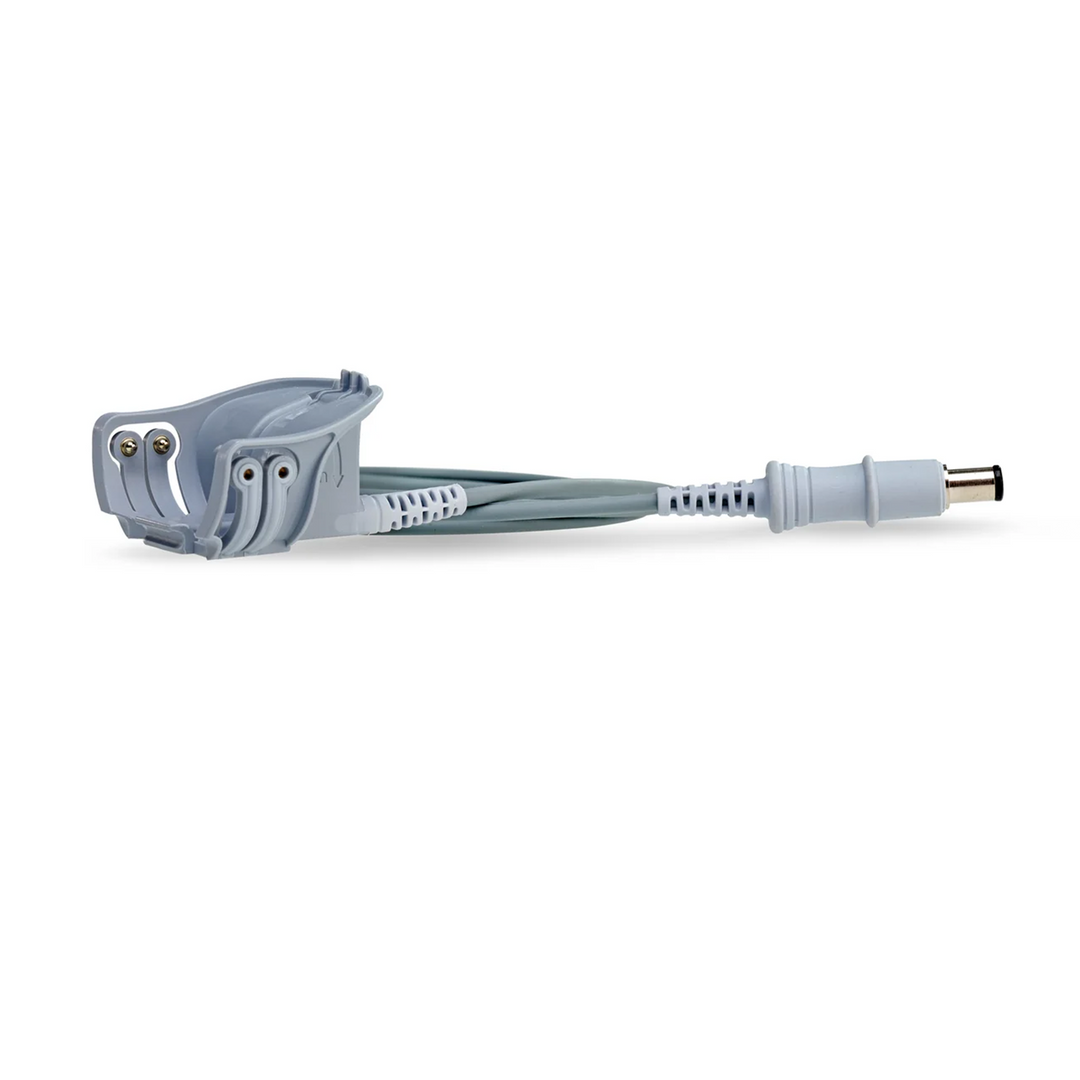
Is a nebuliser good for COPD?
As a chronic respiratory condition, chronic obstructive pulmonary disorder (COPD) can have a big impact on your day-to-day life, affecting your ability to carry on with everyday activities as normal.
A big factor affecting how much activity you can handle post-diagnosis is the effectiveness of your treatment - and part of that is the method by which you take any medications you’ve been prescribed.
In this article, we compare nebulisers to inhalers to help you understand the different ways in which they can help you.
Is a nebuliser better than an inhaler for COPD?
If you’ve been diagnosed with COPD and it’s affecting your breathing, it’s likely that you will have been given an inhaler (or multiple inhalers) to help you take bronchodilators or steroidal medications. These are intended to help you breathe more easily, so you can handle everyday tasks with less difficulty.
Both inhalers and nebulisers have been clinically proven to help with COPD when used correctly. In the UK, inhalers are typically preferred by prescribers for at-home management of COPD. That’s because:
-
They’re lower cost
-
They’re easier to carry with you wherever you go
-
They can be more convenient to use, with doses administered quickly rather than over a period of several minutes.
In many cases, nebulisers are used in flare-up (also known as ‘acute’) situations when more intense treatment is needed. Nebulisers allow the delivery of a larger quantity of COPD medication in a way that makes it easy for you to inhale it when your breathing is affected.
However, academic research over the years has suggested that, for some COPD patients, handheld nebulisers may be a better choice for everyday medication delivery than inhalers. In fact, a 2022 study from Dumra et al. interviewed over 100 patients with COPD and their family caregivers to learn more about their personal views of nebuliser treatment. In this study, 61% of respondents reported that the advantages of nebuliser use outweigh any disadvantages.
So, why might nebulisers be more appropriate than inhalers in certain circumstances?
Can inhalers make COPD worse?
When used correctly, no. Inhalers are an effective treatment for COPD and other conditions such as asthma and can be used with a range of medications as prescribed by a doctor to suit your needs.
That’s why they’re often the preferred treatment - because, on paper, they are the simplest option that costs the least and has more advantages than disadvantages for the user. One of those advantages is that they are effective at relieving respiratory symptoms associated with COPD.
Problems can arise, however, in situations where the inhaler isn’t used correctly - and in many cases, that can happen as a result of factors outside of your own control.
Why is inhaler technique important?
Inhalers work by releasing a short burst of medication into your mouth, designed to be inhaled as you breathe in. Depending on the kind of inhaler used, you might have to maintain a slow, steady inhale or a quick and deep one in order to get the medication where it needs to go. If this isn’t done right, it could mean that not all of the medication reaches the lungs, so the treatment isn’t as effective as it should be.
When you’re first given an inhaler, you’ll be given instructions on how to use it properly. If you’re on a long-term treatment plan, regular checkups may involve a refresher on inhaler technique - and your healthcare professional may ask you to demonstrate how you do it to check that everything is going to plan.
However, poor inhaler technique isn’t always something you have control over. In some cases, other health conditions can prevent the proper use of an inhaler. For example, many older adults have conditions which affect their hand co-ordination such as arthritis or Parkinson’s disease. If this affects you, you might struggle to release the dose at the same time as inhaling.
In addition, a common problem associated with poor inhaler technique is a symptom of COPD itself. The use of an inhaler requires you to inhale at just the right moment, or for the right amount of time. Both actions can be difficult for those with a respiratory condition - particularly for those with what is known as ‘suboptimal peak inspiratory flow’ (sPIF).
What is peak inspiratory flow?
Peak inspiratory flow describes the maximum rate at which a person can inhale, and it can be a useful measurement of lung function. Having a good peak inspiratory flow rate (PIFR) means you can get lots of oxygen to your lungs and, from there, to the rest of your body in a single deep breath - an especially helpful thing for athletes and those whose jobs require lots of physical activity.
But in people with COPD, the respiratory symptoms associated with the condition can make it hard to achieve a good PIFR. You might not be able to inhale sharply enough, or you might find it difficult to time your inhale for the right moment to receive your medication. This is suboptimal peak inspiratory flow.
For those who experience sPIF, getting medication from a dry powder inhaler (DPI) can be tricky. That’s the kind of inhaler that requires a short, sharp inhale - and it’s one of the most commonly prescribed inhalers for COPD medications.
In contrast, a nebuliser can be a more appropriate choice for those with sPIF. With a nebuliser, you don’t have to do any kind of special breathing - you just breathe as you normally would through a mouthpiece or mask to inhale a fine mist the nebuliser releases. This can make it a more effective method of medication delivery for those with breathing difficulties.
A 2022 real world study by Mahler et al. found that 44.6% of COPD patients admitted to hospital had sPIF, meaning that a significant proportion of people with COPD could be affected by this problem and may benefit from everyday nebuliser therapy to ease their symptoms.
Additionally, a study by Loh et al. found that patients with sPIF who were treated with nebuliser therapy after a hospital admission were less likely to be readmitted within 90 days compared to those using a DPI. It also discovered that, among those who were readmitted within 90 days, those using DPI therapy were readmitted sooner on average than those using nebulisers.
To be clear, neither nebulisers nor inhalers are inherently better for treating COPD - but in some circumstances, one or the other may be the more appropriate choice for you. Some studies suggest that nebulisers are associated with reduced symptoms, fewer COPD exacerbations and better quality of life.
If you think your inhaler isn’t helping your COPD as much as you’d expected, it may be worth discussing other options with your healthcare professional to find out if regular nebuliser therapy could be beneficial.
Further reading
https://www.nhs.uk/conditions/chronic-obstructive-pulmonary-disease-copd/
https://www.nhs.uk/conditions/chronic-obstructive-pulmonary-disease-copd/treatment/
https://www.nhs.uk/conditions/chronic-obstructive-pulmonary-disease-copd/living-with/
https://www.asthmaandlung.org.uk/symptoms-tests-treatments/treatments/nebulisers
Terry, Paul D, and Rajiv Dhand. “Maintenance Therapy with Nebulizers in Patients with Stable COPD: Need for Reevaluation.” Pulmonary therapy vol. 6,2 (2020): 177-192. doi:10.1007/s41030-020-00120-x Available at: https://pmc.ncbi.nlm.nih.gov/articles/PMC7672144/
Dhand, Rajiv et al. “Recalibrating Perceptions and Attitudes Toward Nebulizers versus Inhalers for Maintenance Therapy in COPD: Past as Prologue.” International journal of chronic obstructive pulmonary disease vol. 19 2571-2586. 28 Nov. 2024, doi:10.2147/COPD.S491275 Available at: https://pubmed.ncbi.nlm.nih.gov/39629181/
Dumra, Harjit et al. “Perceptions and Attitudes of Patients and Their Family Caregivers on Nebulization Therapy for COPD.” International journal of chronic obstructive pulmonary disease vol. 17 2277-2288. 14 Sep. 2022, doi:10.2147/COPD.S367819 Available at: https://pmc.ncbi.nlm.nih.gov/articles/PMC9482889/
Capstick, Toby G D et al. “Demystifying Dry Powder Inhaler Resistance with Relevance to Optimal Patient Care.” Clinical drug investigation vol. 44,2 (2024): 109-114. doi:10.1007/s40261-023-01330-2 Available at: https://pmc.ncbi.nlm.nih.gov/articles/PMC10834657/
Ghosh, Sohini et al. “Peak Inspiratory Flow Rate in Chronic Obstructive Pulmonary Disease: Implications for Dry Powder Inhalers.” Journal of aerosol medicine and pulmonary drug delivery vol. 30,6 (2017): 381-387. doi:10.1089/jamp.2017.1416 Available at: https://pmc.ncbi.nlm.nih.gov/articles/PMC5915227/
Mahler, Donald A et al. “High Prevalence of Suboptimal Peak Inspiratory Flow in Hospitalized Patients With COPD: A Real-world Study.” Chronic obstructive pulmonary diseases (Miami, Fla.) vol. 9,3 (2022): 427-438. doi:10.15326/jcopdf.2022.0291 Available at: https://pubmed.ncbi.nlm.nih.gov/35788259/
Loh, Chee H et al. “Suboptimal Inspiratory Flow Rates Are Associated with Chronic Obstructive Pulmonary Disease and All-Cause Readmissions.” Annals of the American Thoracic Society vol. 14,8 (2017): 1305-1311. doi:10.1513/AnnalsATS.201611-903OC Available at: https://pubmed.ncbi.nlm.nih.gov/28406710/


